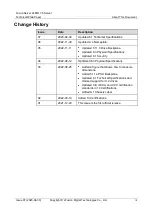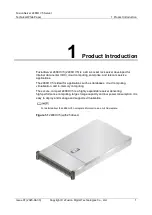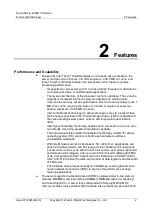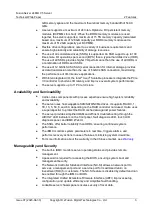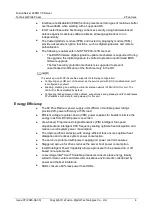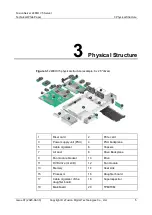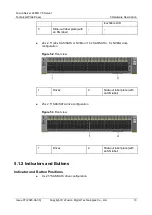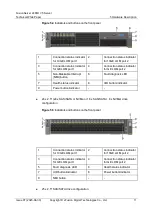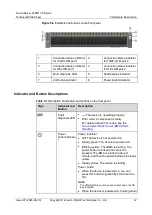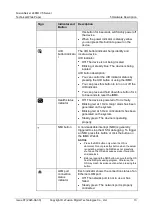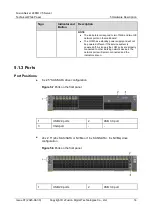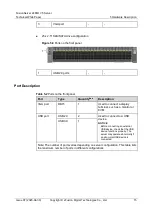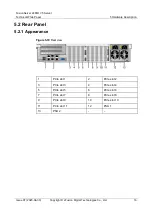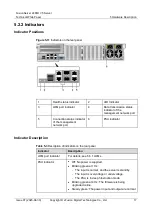
FusionServer 2488H V5 Server
Technical White Paper
2 Features
Issue 07 (2023-04-30)
Copyright © xFusion Digital Technologies Co., Ltd.
3
GB memory space and the maximum theoretical memory bandwidth of 549.9
GB/s.
⚫
A server supports a maximum of 24 Intel
®
Optane
TM
DC persistent memory
modules (DCPMMs for short). When the DDR4 memory modules are used
together, the server supports a maximum of 15 TB memory capacity (calculated
based on a maximum of 128 GB capacity per DDR4 memory module and a
maximum of 512 GB capacity per DCPMM).
⚫
Flexible drive configurations cater to a variety of business requirements and
ensure high elasticity and scalability of storage resources.
⚫
The use of all solid-state drives (SSDs) is supported. An SSD supports up to 100
times more I/O operations per second (IOPS) than a typical hard disk drive (HDD).
The use of all SSDs provides higher I/O performance than the use of all HDDs or
a combination of HDDs and SSDs.
⚫
The use of 12 Gbit/s SCSI (SAS) serial connection for internal storage provides
2x data transmission rate than the use of 6 Gbit/s SAS connection, maximizing
the performance of I/O-intensive applications.
⚫
With Intel integrated I/O, the Intel
®
Xeon
®
Scalable processors integrate the PCIe
3.0 controller to shortens I/O latency and improve overall system performance.
⚫
The server supports up to 11 PCIe 3.0 slots.
Availability and Serviceability
⚫
Carrier-class components with process expertise ensure high system reliability
and availability.
⚫
The server uses hot-swappable SAS/SATA/NVMe drives. It supports RAID 0, 1,
1E, 10, 5, 50, 6, and 60, depending on the RAID controller card used. It also uses
a supercapacitor to protect the RAID cache data against power failures.
⚫
The server provides simplified O&M and efficient troubleshooting through the
UID/HLY LED indicators on the front panel, fault diagnosis LED, touch LCD
diagnosis panel, and iBMC WebUI.
⚫
The SSDs offer better reliability than HDDs, ensuring continued system
performance.
⚫
The iBMC monitors system parameters in real time, triggers alarms, and
performs recovery actions in case of failures, minimizing system downtime.
⚫
For more information about the warranty in the Chinese market, see
Manageability and Security
⚫
The built-in iBMC monitors server operating status and provides remote
management.
⚫
A password is required for accessing the BIOS, ensuring system boot and
management security.
⚫
The Network Controller Sideband Interface (NC-SI) allows a network port to
serve as a management port and a service port for maximized return on
investment (ROI) for customers. The NC-SI feature is disabled by default and can
be enabled through the iBMC or BIOS.
⚫
The integrated Unified Extensible Firmware Interface (UEFI) improves setup,
configuration, and update efficiency and simplifies fault handling.
⚫
Lockable server chassis panel ensures security of local data.




